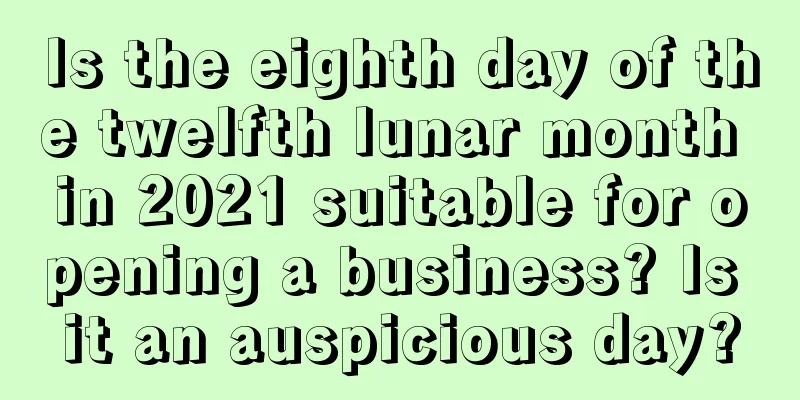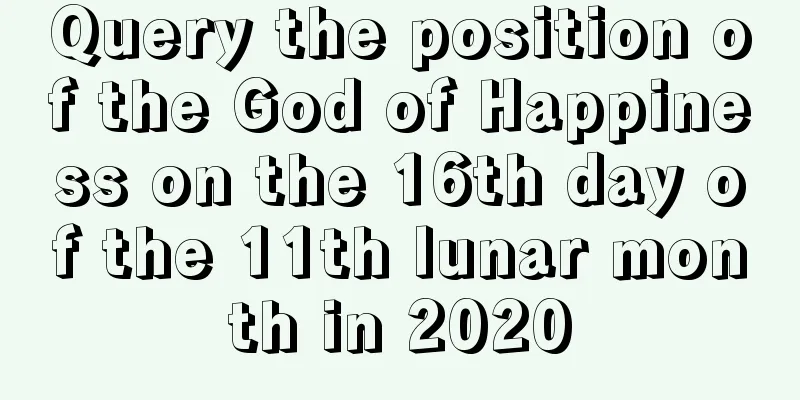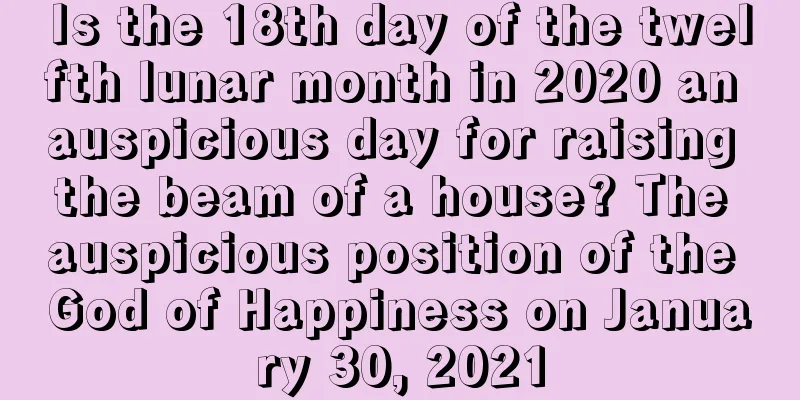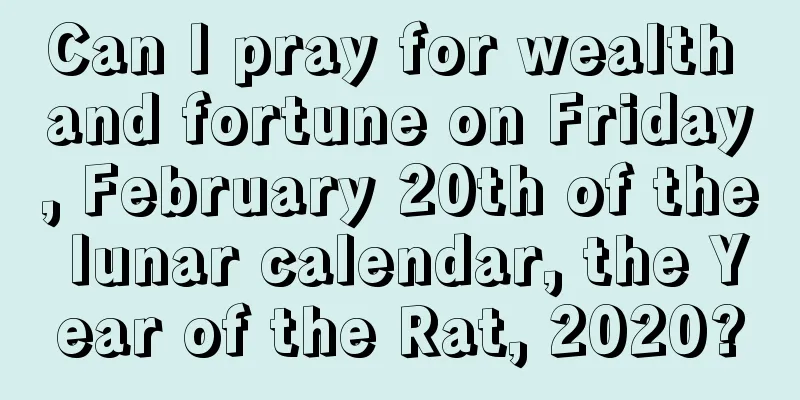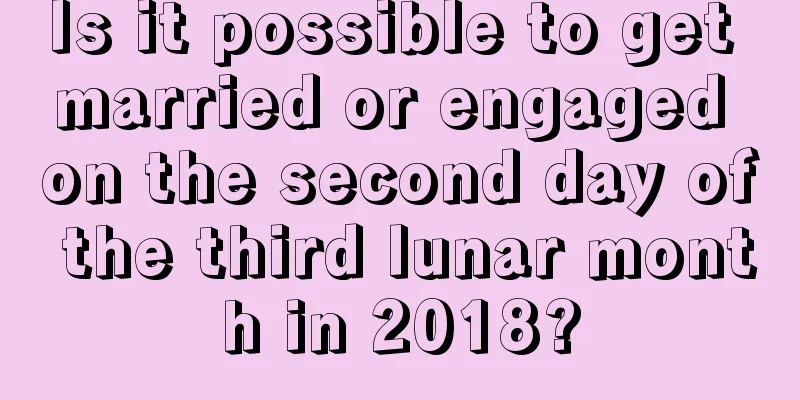Introduction to the Spring Equinox, what does the Spring Equinox represent?

Introduction to the Spring Equinox, what does the Spring Equinox represent? Spring is a season of vitality and revival, but the weather changes greatly. Shuimoxiansheng.com has summarized the festivals and solar terms in February of the lunar calendar in 2019. You are welcome to check it out!Introduction to the Spring EquinoxThe Spring Equinox is the midpoint of the ninety days of spring. It is the fourth of the 24 solar terms. "Collected Explanations of the 72 Solar Terms in the Lunar Calendar" says: "In the middle of February, 'fen' means half, which is half of the ninety days, so it is called fen. It has the same meaning as autumn." "Spring and Autumn Fanlu·Yin Yang Out and In, Parts 1 and 2" says: "The spring equinox is when yin and yang are half and half, so the day and night are equal and the cold and heat are balanced." The corresponding phenological phenomenon in the ancient Yellow River basin was "the arrival of the black bird, thunder sounds, and lightning begins" (see "Nongsang Tong Jue"). At this time, overwintering crops in most parts of my country enter the spring growth stage. A folk proverb in central China goes, "On the Spring Equinox, the wheat starts to grow, and every moment of it is worth a thousand gold coins." The Spring Equinox is also a traditional festival. In the Zhou Dynasty, there were festival ceremonies on the Spring Equinox. "The Book of Rites" says: "Sacrifice the sun on the altar." Kong Yingda's commentary says: "It refers to the Spring Equinox." This custom has been passed down from generation to generation. Pan Rongbi of the Qing Dynasty wrote in "The Annals of the Capital's Annual Customs": "The Spring Equinox and the Autumn Equinox are grand ceremonies for the state, and the common people are not allowed to offer sacrifices on their own." Before and after the Spring Equinox in the Qing Dynasty, ministers would offer sacrifices in the palace and temples, and aristocratic families would also offer sacrifices to their ancestral temples on this day. "Jingchu Sui Shi Ji" by Liang Zonghuan of the Southern Dynasties recorded: "On the Spring Equinox, people planted fire-preventing grass on the roof. There was a bird like a crow, which crowed before the rooster, 'jia jia ge ge'. People waited for this bird to enter the fields and took it as an omen." In the Ming Dynasty, trees were planted on this day in Zibo, Shandong Province, and spring wine was made. The Wenshui County Annals states: "On the Spring Equinox, people brew wine and mix cool food, and transplant flowers and trees."What does the Spring Equinox represent?On the vernal equinox, the sun's direct point is on the equator. After that, the sun's direct point continues to move northward, so the vernal equinox is also called the rising equinox. On the vernal equinox, theoretically, the day and night are of equal length around the world. After the vernal equinox, the days gradually become longer and the nights gradually shorten in all parts of the Northern Hemisphere, while the nights gradually become longer and the days gradually shorten in all parts of the Southern Hemisphere. On the Spring Equinox, there is a polar day and polar night phenomenon around the world. After the vernal equinox, polar day begins near the North Pole and its range gradually expands; polar day ends and polar night begins near the South Pole and its range gradually expands. During the Spring Equinox, except for the high-altitude mountainous areas where it is winter all year round and the areas north of 45° north latitude, the daily average temperature in all parts of the country has steadily risen to above 0℃. The severe cold has passed and the temperature has risen rapidly, especially in North China and the Huanghuai Plain. The daily average temperature has risen to above 10℃ almost at the same time as the rainy areas along the Yangtze River in the south of the Yangtze River, ushering in the bright spring. On the vast land, willows on the banks are green, warblers are flying, grass is growing, wheat is growing, rape flowers are fragrant, peaches are red, plums are white, and forsythia is yellow. The southern part of China is experiencing a late spring scene. According to climate laws, precipitation in the south of the Yangtze River increases rapidly at this time, entering the spring "peach blossom flood" period.Fate determines a lifetime, while luck determines a moment. In the method of fortune-telling based on the Eight Characters, the so-called luck refers to great fortune. Do you want to know when you will have great fortune? Then take a look at the [ Excellent Calculation ] below, and may you have peace and happiness in your life! |
Recommend
Where is the God of Happiness on October 25, 2019? The God of Joy and Anger
The direction of the God of Happiness can be chec...
Is March 21st of the lunar calendar 2018 an auspicious day?
Introduction: Every day is a new scene, and differ...
Is the fate of a girl born on May 11 good? Detailed explanation of the eight-character numerology
Chinese people believe that the fifth month of the...
Is it suitable to set up the bed on Laba Festival, the eighth day of the twelfth lunar month in 2018? Is Laba Festival a good day?
Introduction: According to the tradition of our co...
Is the seventh day of the eighth lunar month in 2019 an auspicious day? What is the hexagram for today?
Is the seventh day of the eighth lunar month in 20...
Is the 20th day of the 11th lunar month in 2018 suitable for renovation? What is the hexagram on this day?
Introduction: China has been a traditional country...
Is it a good time to move house on May 26th of the lunar calendar in 2021? What does the hexagram indicate?
The feet are steaming with the hot earth air, and ...
Is the fourth day of the twelfth lunar month in 2017 not suitable for starting renovations?
An auspicious day should be chosen for the groundb...
Is the 15th day of the fifth lunar month in 2018 a suitable date for opening a business?
According to the 24 solar terms, the fifth month ...
Is July 21st of the lunar calendar in 2018 an auspicious day? What is the hexagram on that day?
The evil spirits are divided into year, month, day...
What is the fate of a child born on the fifth day of the seventh lunar month? Is it good for parents?
Introduction: In our tradition, people usually cel...
How is the fortune of the Tiger in the Year of the Rooster 2017?
Introduction: Are you born in the year of the tige...
Is the third day of the sixth lunar month in 2021 a good day? Can we get married?
A lot of people get married every day, but not eve...
What about a boy born on February 26th of the lunar calendar in 2021? Boy's fate analysis
A lot of people are born every day, and the destin...
Is it okay to hold a funeral on September 13th of the lunar calendar in the Year of the Rat, 2020?
Is it okay to hold a funeral on September 13th of ...


